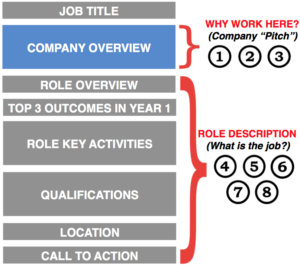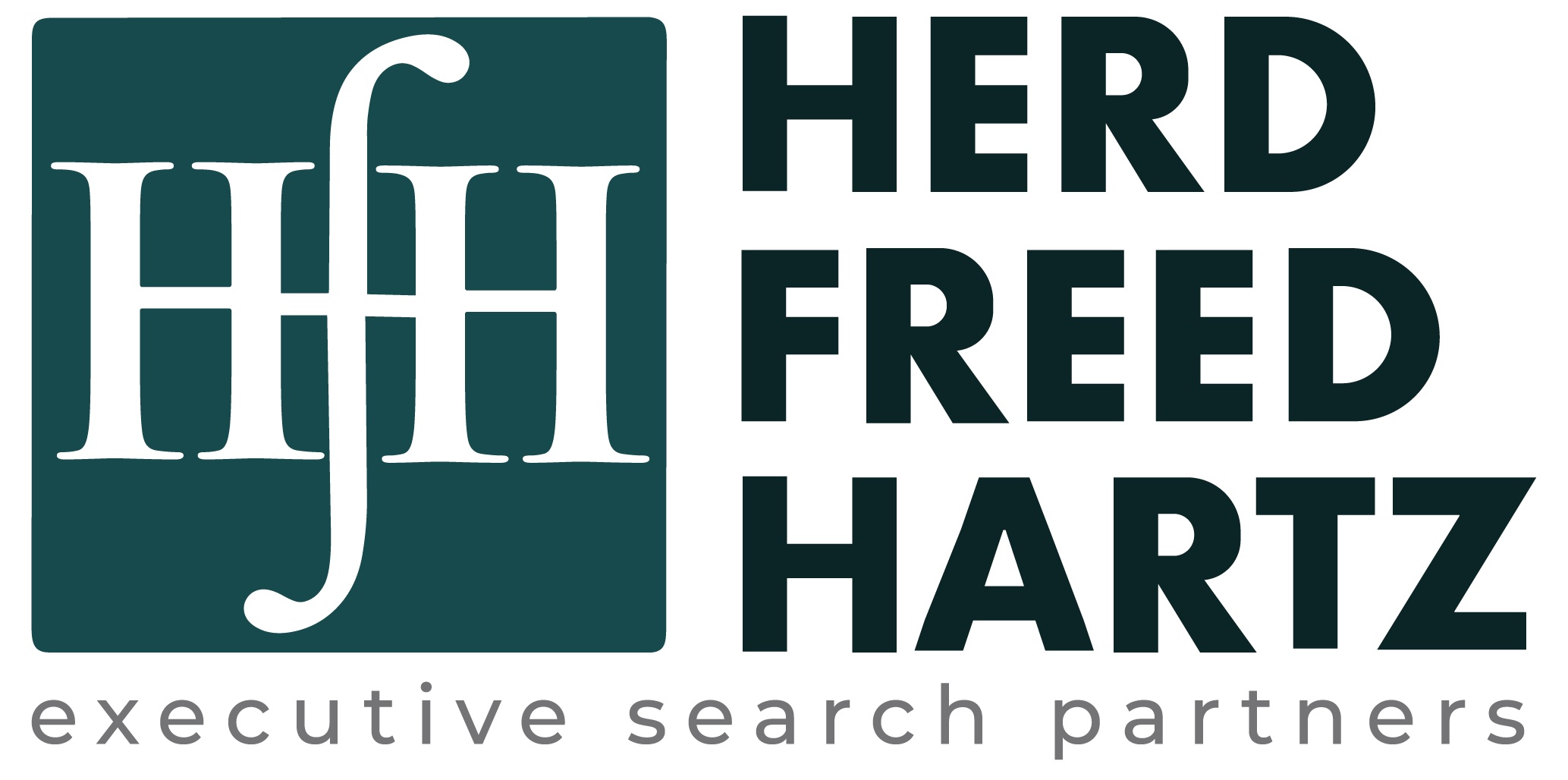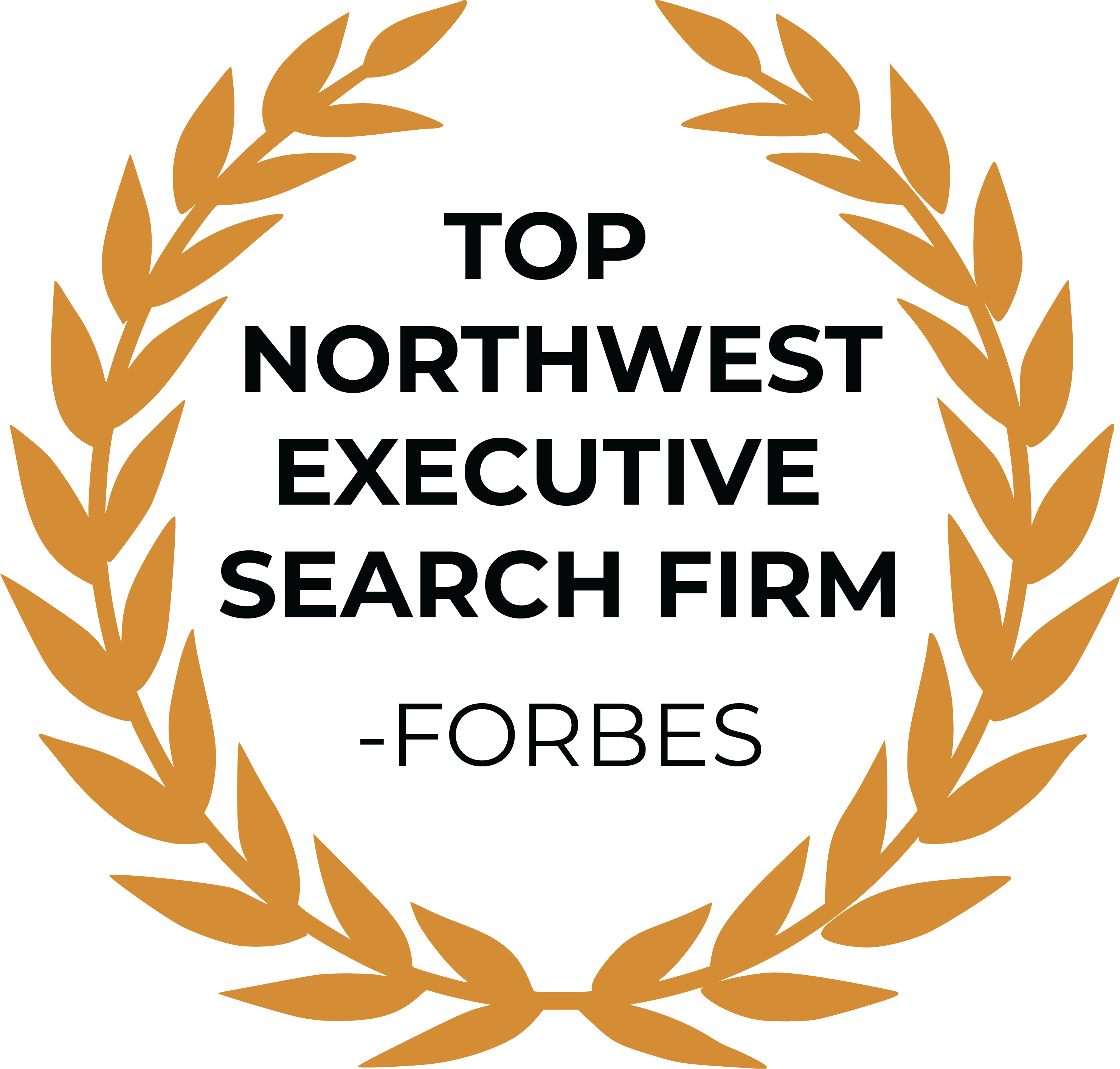The current competition within the job market is pretty steep, for both employees and employers. Everyone is out there looking for the best candidates, and likewise, candidates are searching among employers to see where they fit best, and fit involves everything from job title, to salary, and more recently, company culture. In many ways, employers are under more scrutiny to appear attractive to top candidates than vice versa. These days, to find the right candidate, you need a solid strategy in place.
1. Develop Your Goals Into a Written Plan
The benefits of a thorough plan are manyfold, but first and foremost, it will help you find the best candidate in the least amount of time. In developing a written plan, consider expectations you have for candidates, realistic demands of the position, and even broader departmental and organizational goals.
Creating an accurate and specific description of the job, it’s demands and the requisite qualifications necessary to meet those demands will help your HR, executive recruitment partners, and interview teams screen candidates more quickly and thoroughly. Likewise, it will give prospective candidates clear expectations from the outset. All of this leads to a stronger candidate pool in less time.
Pulling in broader departmental and organizational goals will help you identify the team your candidate will work with. Through this, you can create your job and candidate descriptions through consensus.
Just like an executive search firm, a fully fleshed plan will take the grandview. To push hiring-based decisions beyond the subjective, define your company culture and how it affects the role candidates will perform.
2. Create a Fantastic Job Description and Make it ‘Sizzle’
You’ve written your plan, coalesced the information you need to describe your ideal candidate and their role in your organization. While that will help to screen better candidates more quickly—especially on your end—it won’t do much to attract the most sought after candidates all on its own.
Whatever your business may be, finding top candidates for executive roles requires a bit of marketing. Put yourself in the shoes of your ideal candidates: you have a valuable, desirable skill set and are eager to continue developing them. Would a sterile list of figures, facts and revenue reports attract you to apply to a job listing?
In Seattle and beyond, the best executive search firms work to understand and market to a target audience of potential new employees. Your job listing should be a compelling response to the question, “Why should I work for your company?” That answer is developed through your company story.
Where did you begin? Before Apple was the most ubiquitous multinational electronics company, it was just two hopeful guys in garage. Origin stories provide a great way to make a personal and humanizing introduction and show that growth is inherent to your business.
Where you are now is why employees want to apply for job you’re advertising. Whether you’ve received company culture accolades like placement on a “best places to work list” or are providing the first product of its kind, identify what sets you apart. Every business has something that sets them apart. In a concise, meaningful and genuine way, let prospective candidates know what that is.
Likewise, let them know what will set their tenure with you apart from other jobs. Don’t be afraid to use realistic language that might deter candidates unlikely to thrive in your business. You want the best and the best will be excited to face the unique challenges of your business.
3. Utilize Inspirational Story Telling
Your story doesn’t have to be just a story, it can be an epic story. So many of the epics we revere as a culture are timeless because they speak to a larger narrative and inspire us to act. To us, that is the true art of executive search firms perform: telling your story in a way that will inspire candidates to become inspired employees.
Try to incorporate the three common elements of an epic into your listing: the hero, the quest and the villain. Your story’s hero is the candidate you will hire. Your detailed job description and sizzle will help to outline the challenges and successes they’ll experience. Their quest is your organization’s broader quest, something your hero will complete along with the team of heroes you already employee. The villain is a top competitor you plan to outpace; reasons your company presents the best fit or breaks the status quo in your market.
4. Hire for Culture First, Not Résumé Keyword Fits
Your company’s culture describes your core values and how your organization is aligned around them. Establishing those values has been a project unto itself and it takes the right people to maintain it.
When it comes to company culture Zappos and it’s CEO Tony Hsieh are lauded examples. In Hsieh’s own telling, he has built Zappos into a business with annual revenues in excess of $1 billion by maintaining the company’s culture: “If you get the culture right, most of the other stuff like delivering great customer service or building a long-term enduring brand will just happen naturally on its own.”
Hiring for culture helps maintain your workplace as a place that employees are excited to come to every day and ensures smooth workflow and good communication. Talent doesn’t mean much if it doesn’t thrive in the context of your company culture.
5. Make Sure Your Candidate’s Experience is Top Notch
A candidate’s experience throughout the interview process will certainly affect their interest. In a LinkedIn poll, more than 80 percent of participants stated that a negative interview experience can change their mind about a job; similarly, more than 80 percent stated that a positive experience can sway them the other way.
Beyond a candidate’s interest, the interview experience you provide can have an impact on your public image and employment brand. Consider each candidate interview as an opportunity to create a new fan of your business.
The number one key to providing a candidate with a positive experience is communication. Whether to schedule a first interview, request more information or respectfully decline their application, try to reply to every applicant within 48 hours. Throughout, keep every candidate abreast of timing and next steps so that candidates can focus on giving their best interview, not logistics.
A chief complaint among job applicants is never being officially “closed out” of the interview process. It’s of little cost, but significant consequence to send a respectful brief email to candidates who will not be moving forward. However, if a candidate has dropped out of consideration after a round or more of interviews, consider making a brief phone call to let them know personally.
6. Using the Right Tools
These days, social media operates at the very center of the business world. LinkedIn is still the biggest platform for executive recruiters and search firms, but there are others—TalentHook, Gild, Hiring Solved to name a few—that you can incorporate into your candidate search.
Social media tools are also essential to developing an employer brand. Your website may be your foundation, but an attractive social media presence can nudge the most passive candidates into considering career opportunities with your company.
7. Consult Herd Freed Hartz, Seattle Executive Search Consultants
Finding the best candidates in today’s job market is a time consuming and expensive process, one that is multiplied many times over by selecting the wrong candidate. New hires can have profound impacts on culture and productivity, especially within management or executive positions.
We at Herd Freed Hartz pride ourselves in delivering peace of mind to clients by finding greatness, not just good hires. Executive recruitment is an art that we at Herd Freed Hartz have proven ourselves in. Since 2001 top Seattle and NW companies have trusted Herd Freed Hartz to find their executive hires. Over 90% of our business comes from returning clients or referrals. Helping businesses build great executive teams is our passion.
If you’re on the hunt for your next great Executive hire, Connect with us today!

![]()








